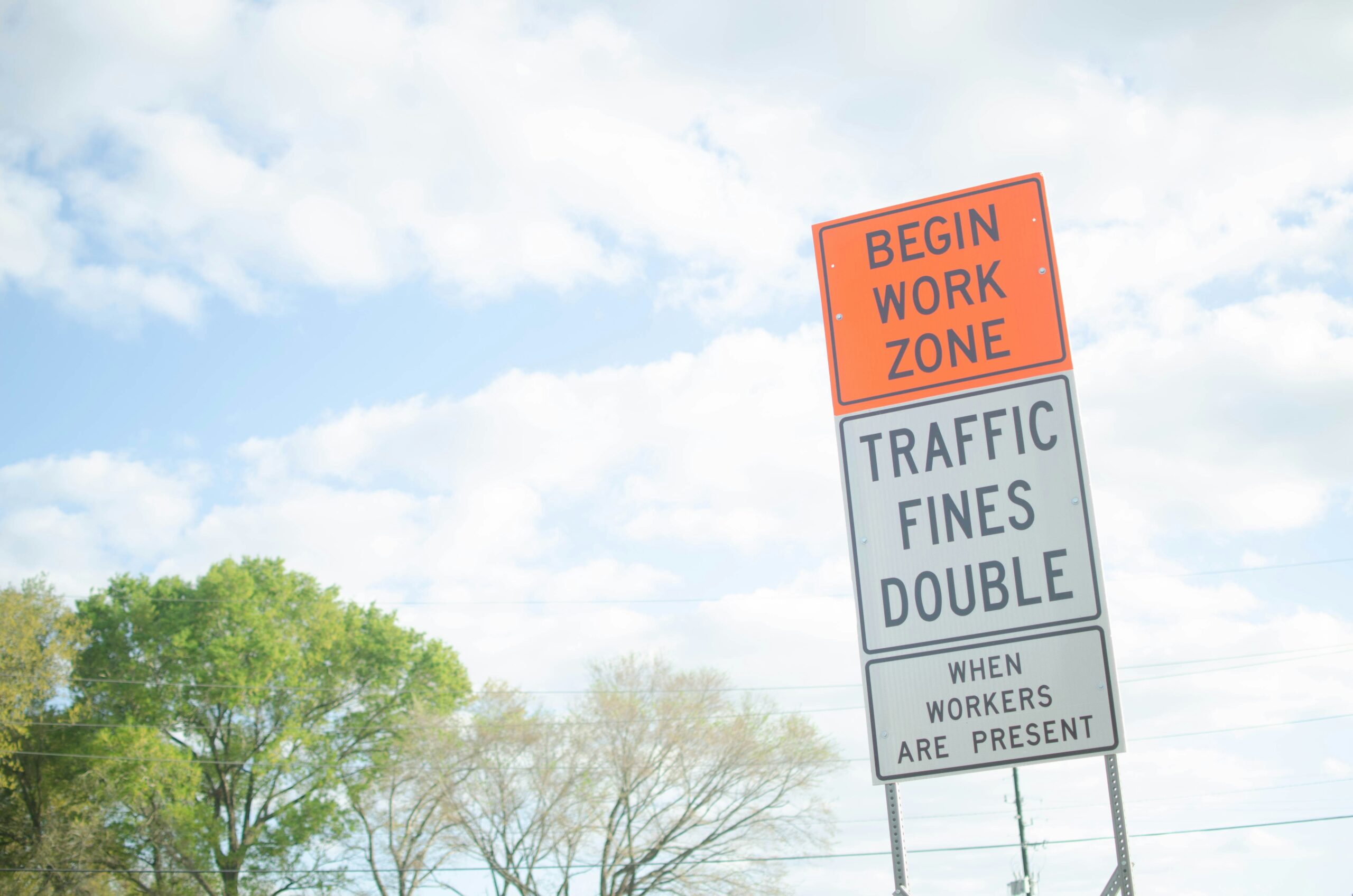Introduction
A/B testing — also known as split testing — is one of the most powerful tools in paid traffic. It allows advertisers to compare two versions of an ad to determine which one performs better. But while many marketers test ads, only a few do it systematically and effectively. In this article, you’ll learn how to build a high-impact A/B testing process that improves conversions, lowers ad costs, and gives you a competitive edge.
1. What Is A/B Testing in Paid Traffic?
A/B testing in paid ads involves showing two (or more) variations of an ad to a segment of your target audience. Each variation changes one specific element — like the headline, image, or CTA — so you can measure the difference in performance.
Example:
Ad A uses the headline: “Grow Your Email List Fast”
Ad B uses: “Get 1,000 Subscribers in 30 Days”
Everything else is the same. The ad with the higher CTR and conversions wins.
2. Why A/B Testing Matters
Without testing, you’re guessing. You may be wasting budget on underperforming creatives or missing out on high-performing alternatives.
Benefits of A/B Testing:
- Lower cost per click (CPC)
- Higher click-through rates (CTR)
- Better conversion rates
- Stronger return on ad spend (ROAS)
- Data-driven creative decisions
It’s not just about better ads — it’s about smarter, more scalable campaigns.
3. What Elements to A/B Test
You can test almost anything, but the most common and impactful variables are:
- Headline – The most attention-grabbing part of your ad
- Image or Video – Visuals strongly influence engagement
- Ad Copy – Short vs. long, emotional vs. logical, features vs. benefits
- Call-to-Action (CTA) – “Buy Now” vs. “Get Your Free Trial”
- Offer – Discount vs. bonus, or free guide vs. checklist
- Landing Page – Layout, color, form length, copy style
Important: Test one variable at a time. If you change too many things at once, you won’t know what caused the result.
4. How to Set Up a Proper A/B Test
Step 1 – Define the Goal
What are you optimizing for? Clicks, conversions, leads, purchases? Choose a single metric to focus on.
Step 2 – Create Your Variations
Build two versions of your ad with one key difference. For example, same image and copy, but different headlines.
Step 3 – Allocate Your Budget
Split your budget evenly between the two versions. This ensures fair results.
Step 4 – Set a Timeline
Let the test run long enough to gather meaningful data. Usually, 3–7 days depending on traffic volume.
Step 5 – Analyze the Results
Compare performance metrics side by side. Look beyond just CTR — check conversion rates and cost per result.
5. Understanding Sample Size and Significance
You need enough data to draw valid conclusions. Stopping a test too early can lead to false results.
Basic rule of thumb:
Aim for at least 100 clicks per variation, and 20+ conversions before declaring a winner.
Use tools like:
- Google Ads’ built-in experiment feature
- Facebook’s A/B Testing Tool
- Online calculators (e.g., VWO Split Test Calculator)
These help determine if your results are statistically significant or just random noise.
6. Common Testing Mistakes to Avoid
- Testing too many things at once: One variable per test. Keep it clean.
- Not waiting long enough: Give the platform time to exit the learning phase.
- Declaring a winner too early: Wait for statistical significance, not just temporary spikes.
- Changing variables mid-test: Never tweak live variations — duplicate and start fresh.
- Ignoring downstream metrics: A high CTR ad that doesn’t convert is still a bad ad.
7. Applying the Results
Once a test is complete:
- Pause the losing ad
- Scale the winner
- Use what you learned for future variations
Let’s say your winning headline increases conversions by 35%. Use similar wording in future ads, emails, and landing pages.
Bonus tip: Store your test results in a spreadsheet. Over time, you’ll build a library of proven approaches.
8. Creating a Testing Calendar
To maintain a culture of optimization, develop a testing calendar:
- Week 1–2: Test headlines
- Week 3–4: Test images
- Week 5–6: Test CTAs
- And so on…
This prevents overwhelm and creates a structured rhythm to your experimentation.
9. Split Testing in Meta (Facebook & Instagram Ads)
Meta offers a dedicated A/B Test tool where you can:
- Set test goals (e.g., cost per result)
- Choose audience, creative, placement, or delivery optimization as variables
- Automatically declare a winner
You can also manually test within the same campaign using different ad sets — just ensure budgets are split fairly and audience overlap is minimal.
10. A/B Testing in Google Ads
Google allows A/B testing via Experiments:
- Test variations of keywords, ads, bidding, or landing pages
- Use a draft campaign and run it as an experiment
- Split traffic 50/50 or as needed
It’s particularly useful for search campaigns, where even minor wording changes can impact Quality Score.
11. Beyond A/B – Multivariate and Sequential Testing
Once you’ve mastered A/B, you can experiment with:
- Multivariate Testing – Testing multiple variables at once (only when you have high traffic)
- Sequential Testing – Running multiple A/B tests in a series, each one building on the last winner
For example:
Test image A vs. B → winner: B
Then test CTA 1 vs. 2 using image B → winner: B + CTA 2
Repeat.
This allows deeper optimization without chaos.
12. Case Study: How a 2-Word Headline Boosted Sales by 48%
A SaaS company tested these headlines:
- A: “Manage Projects Faster”
- B: “Project Power”
Surprisingly, the emotional punch of “Project Power” led to:
- 18% higher CTR
- 31% lower CPC
- 48% more signups at the same ad spend
Lesson: test even the smallest elements. The tiniest copy change can drive massive results.
Conclusion: Always Be Testing
In paid traffic, consistent testing is the key to long-term success. It transforms ads from average to elite and gives you a massive edge over competitors who rely on guesswork.
A/B testing is not optional — it’s the backbone of conversion optimization. With a smart, disciplined testing process, you’ll spend less, earn more, and improve every part of your ad strategy.



